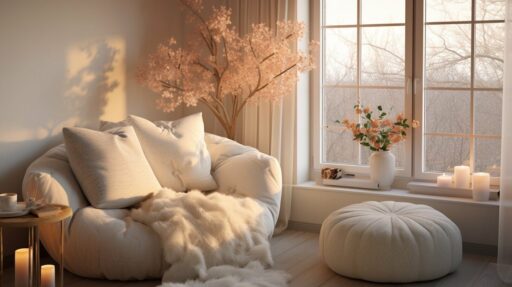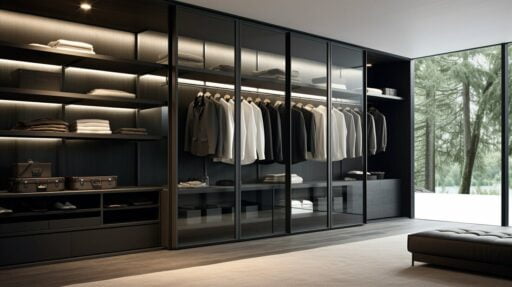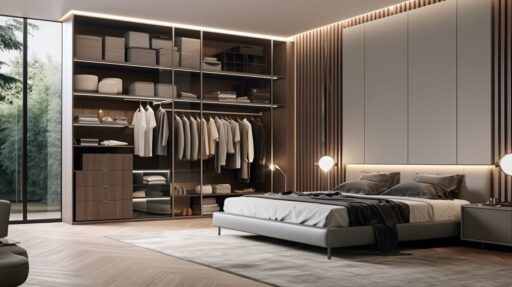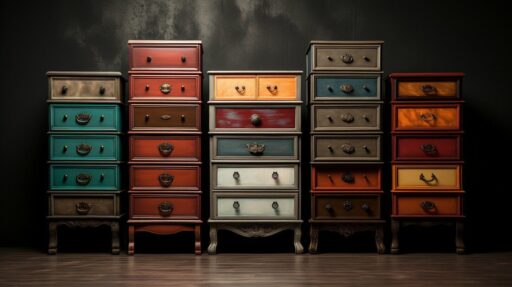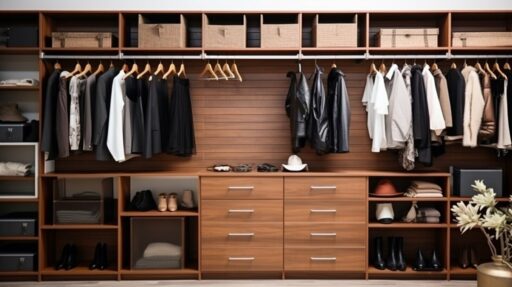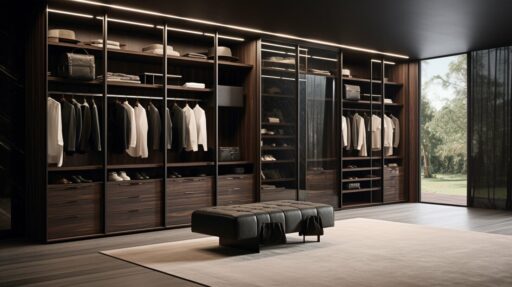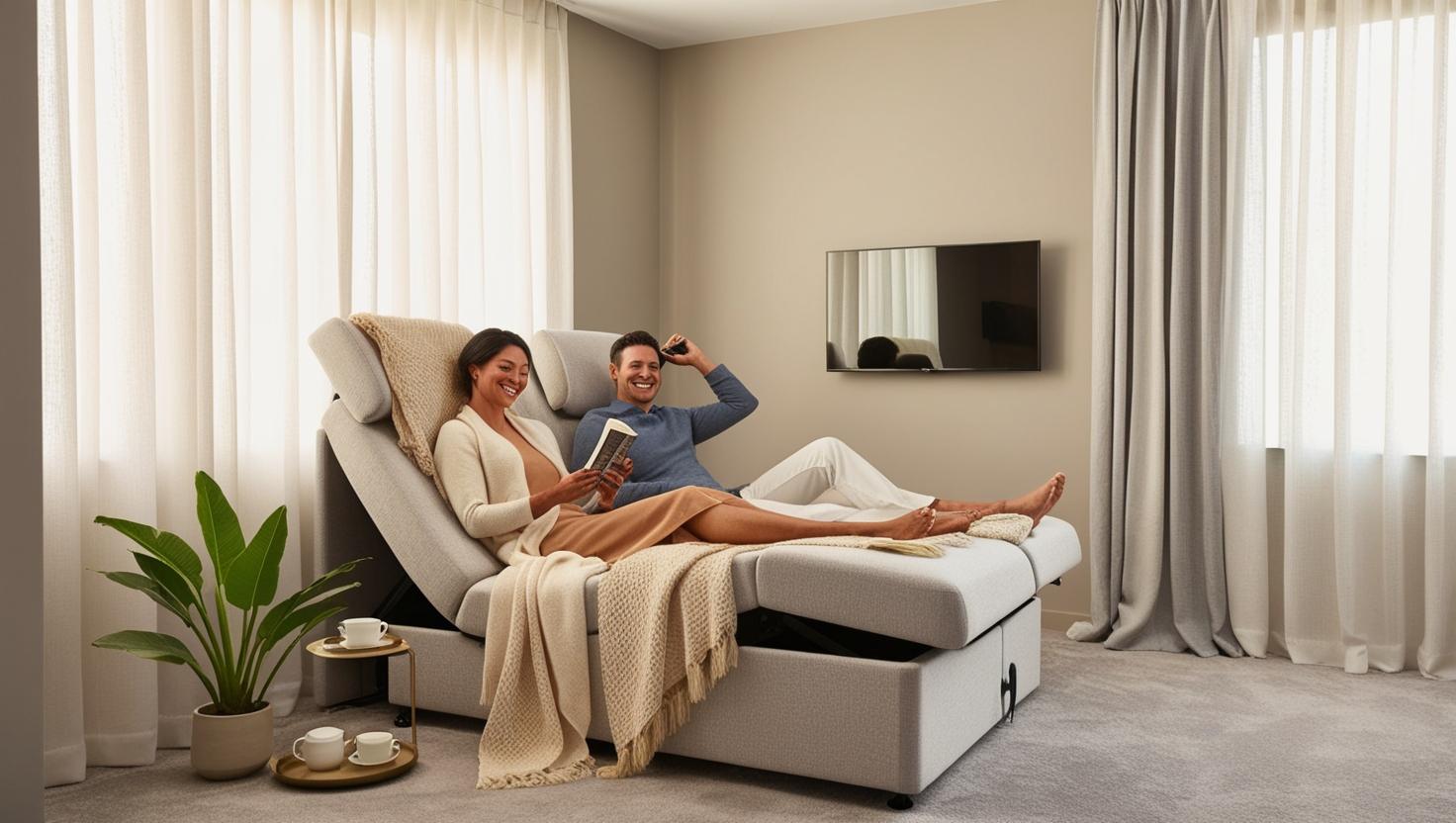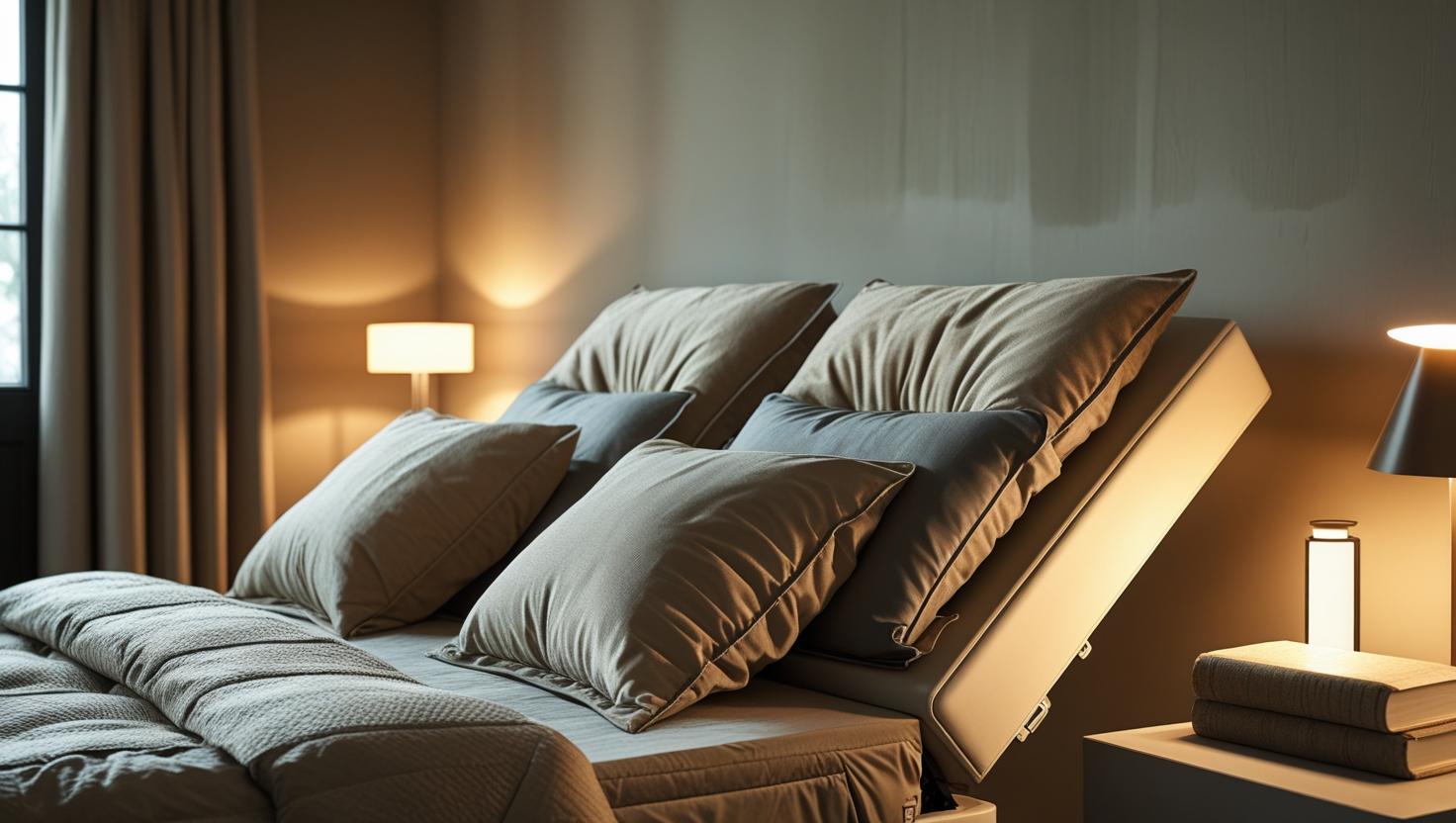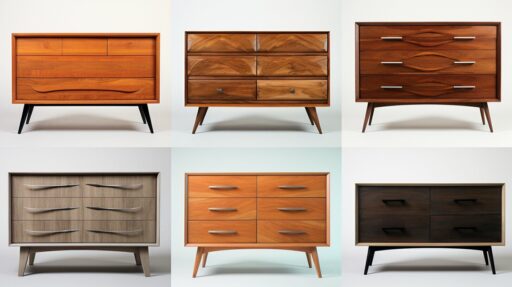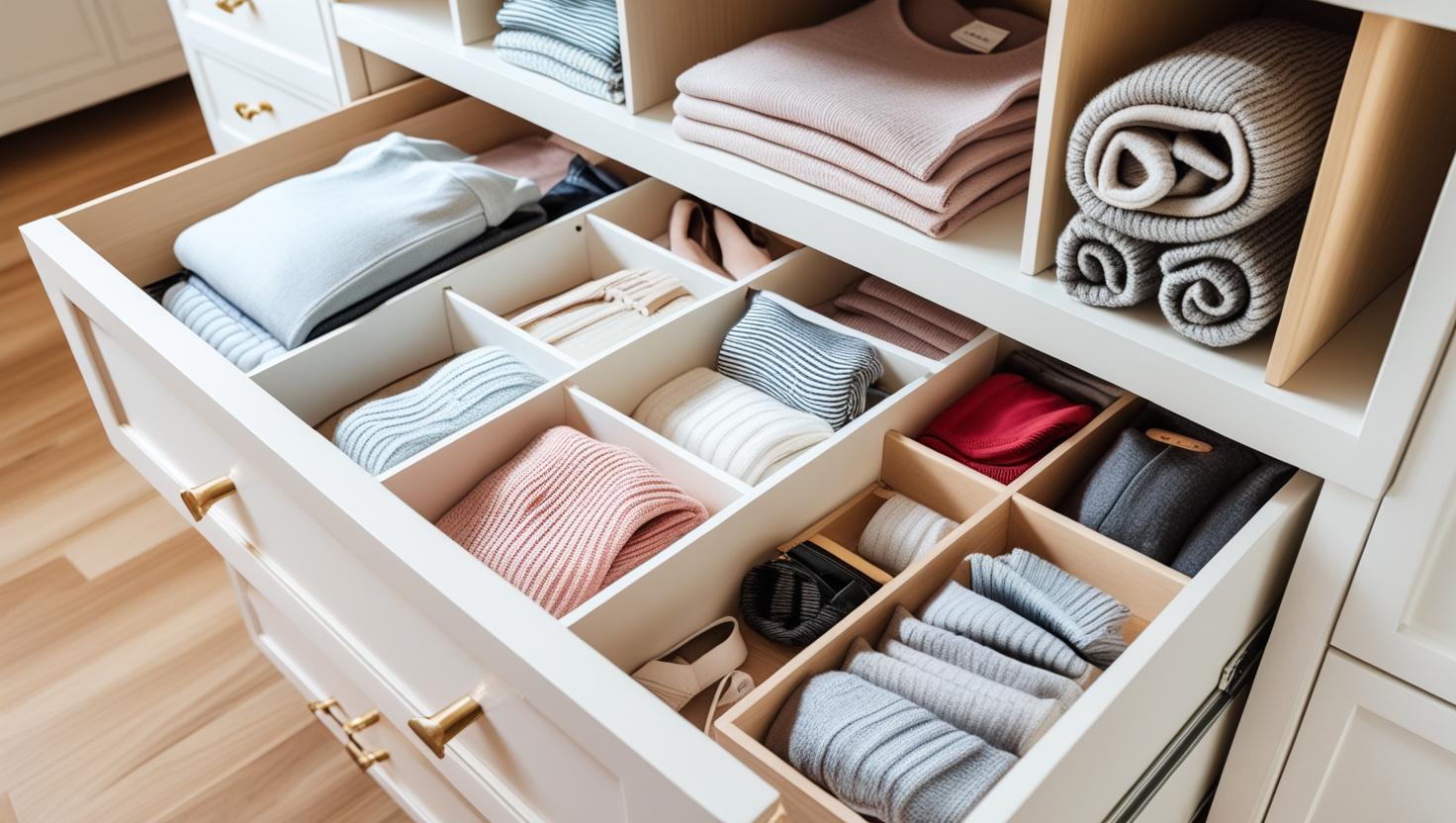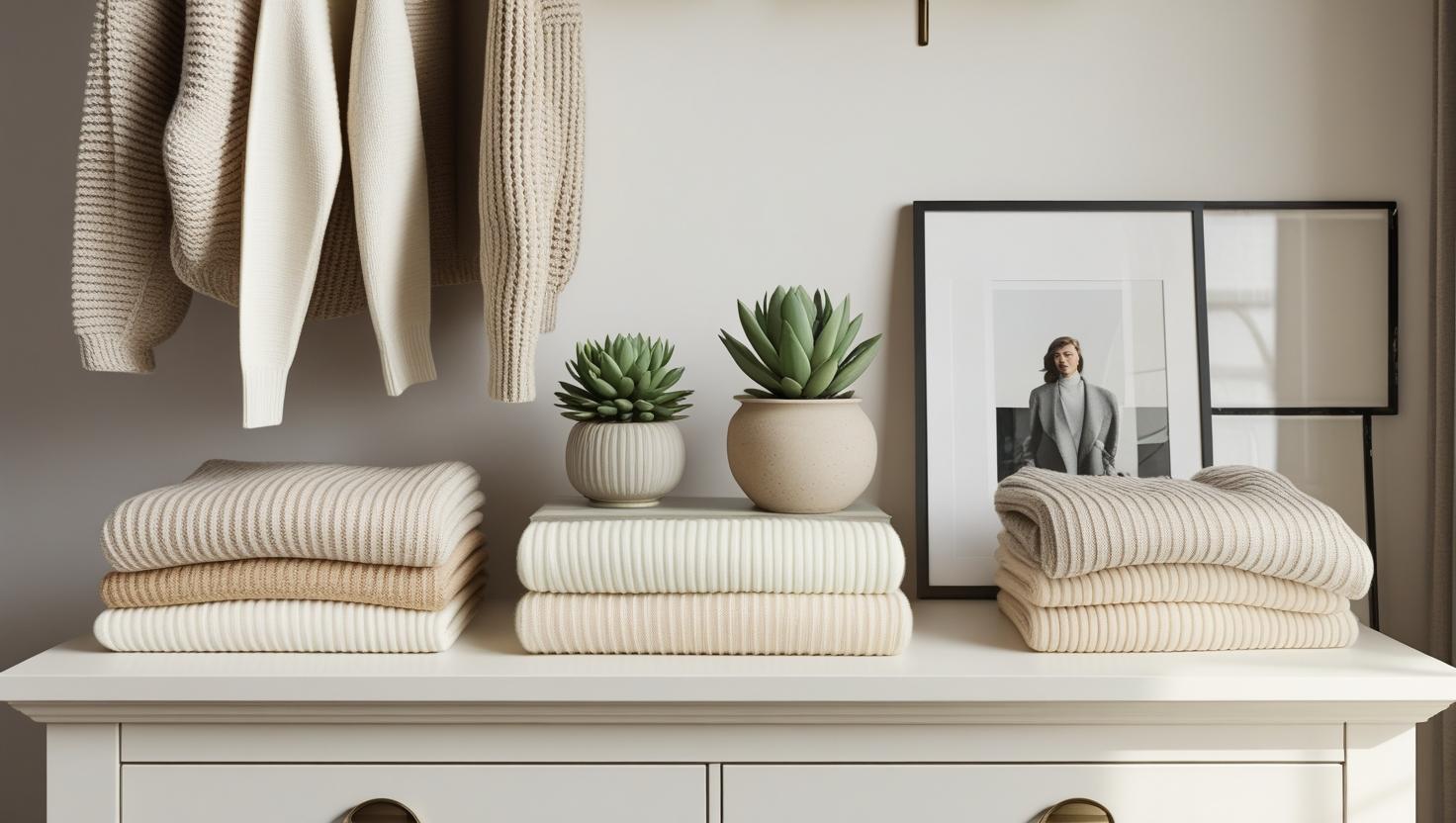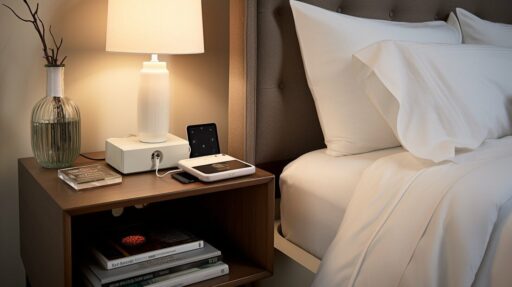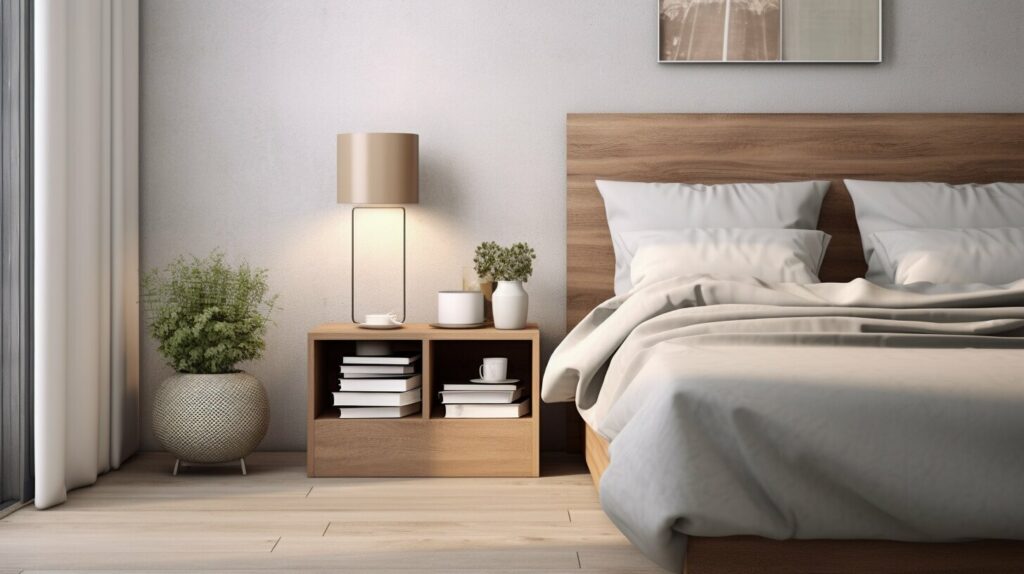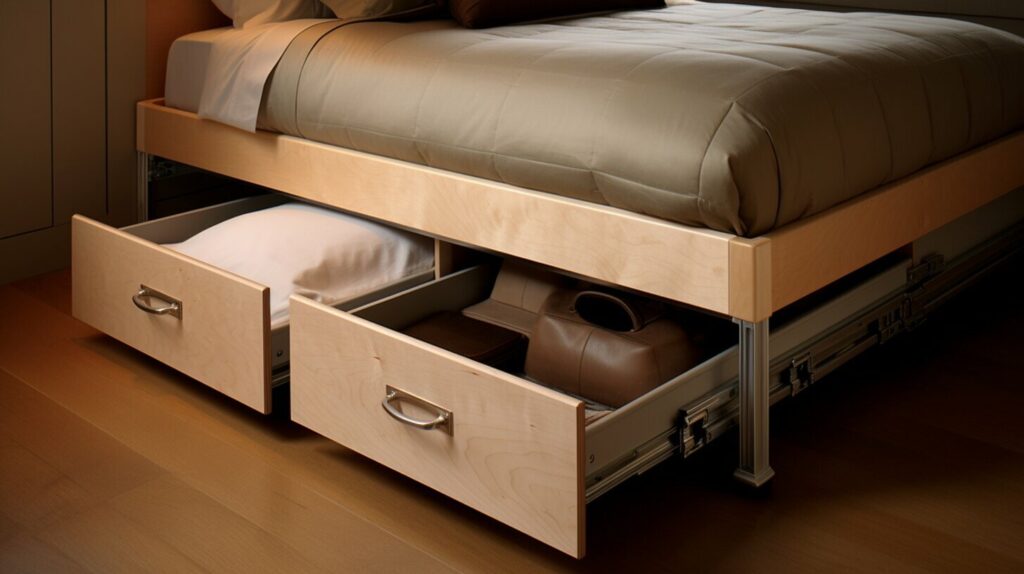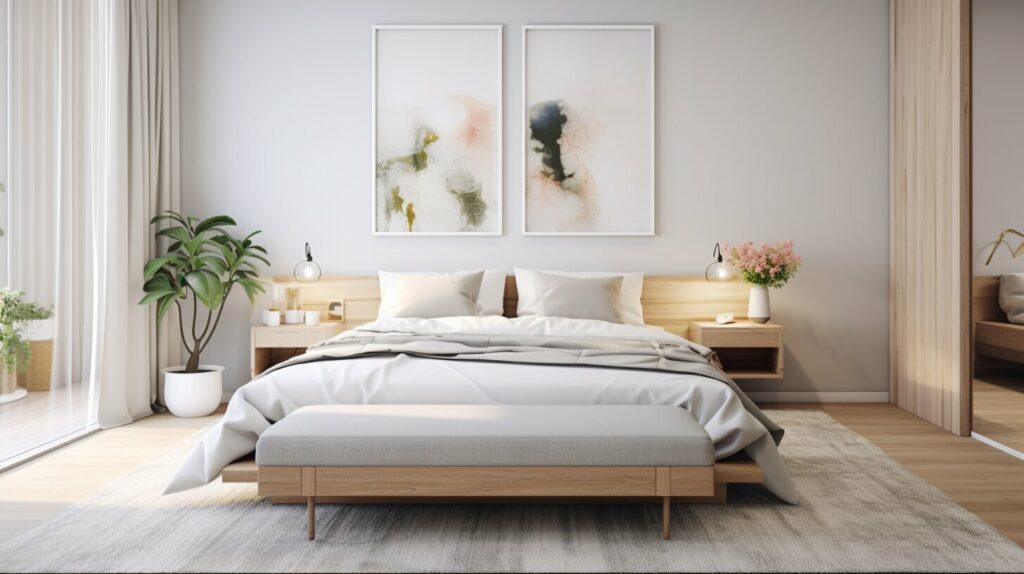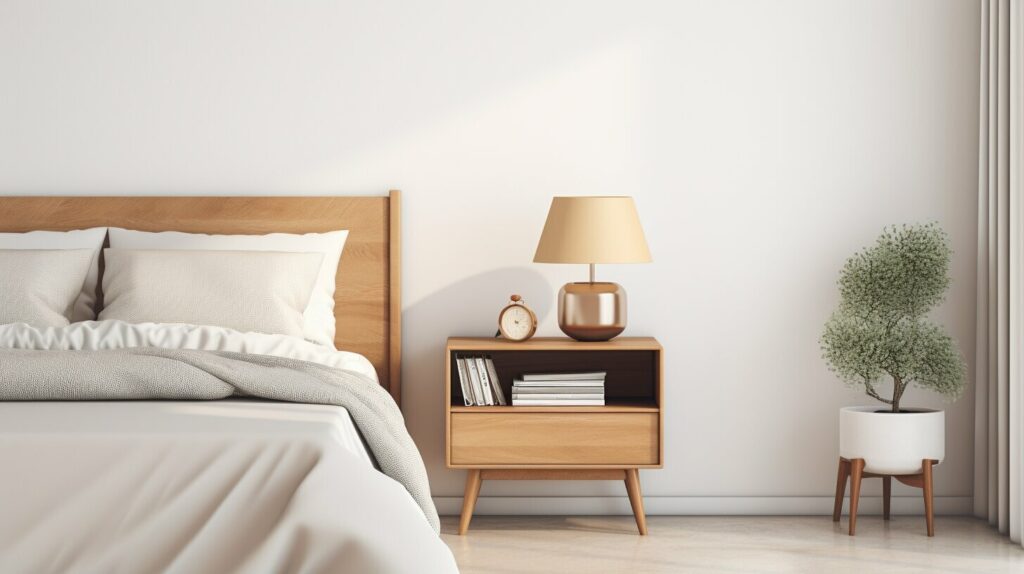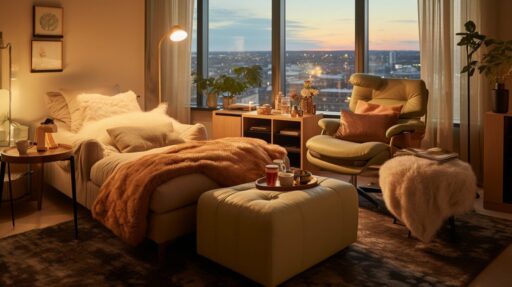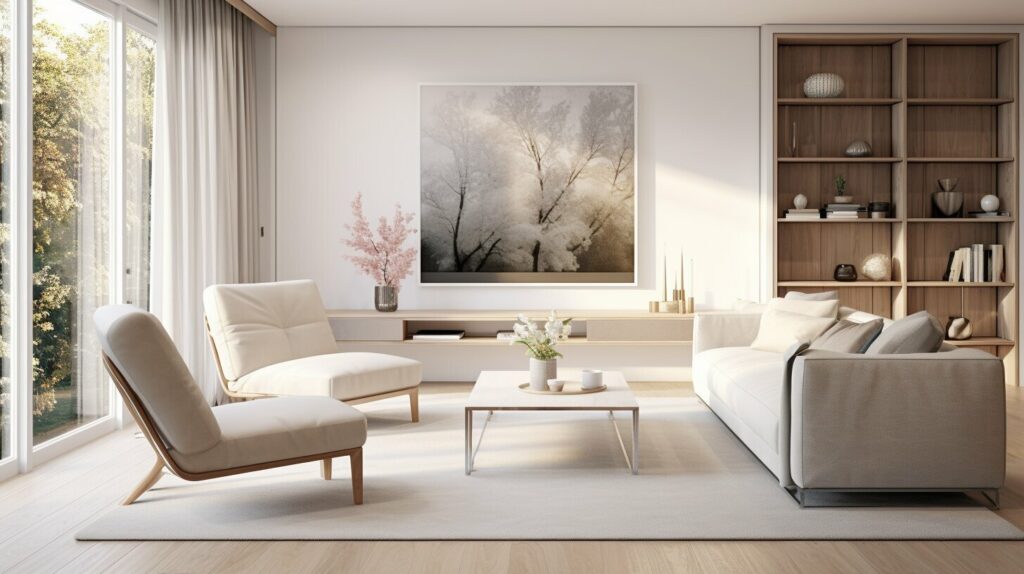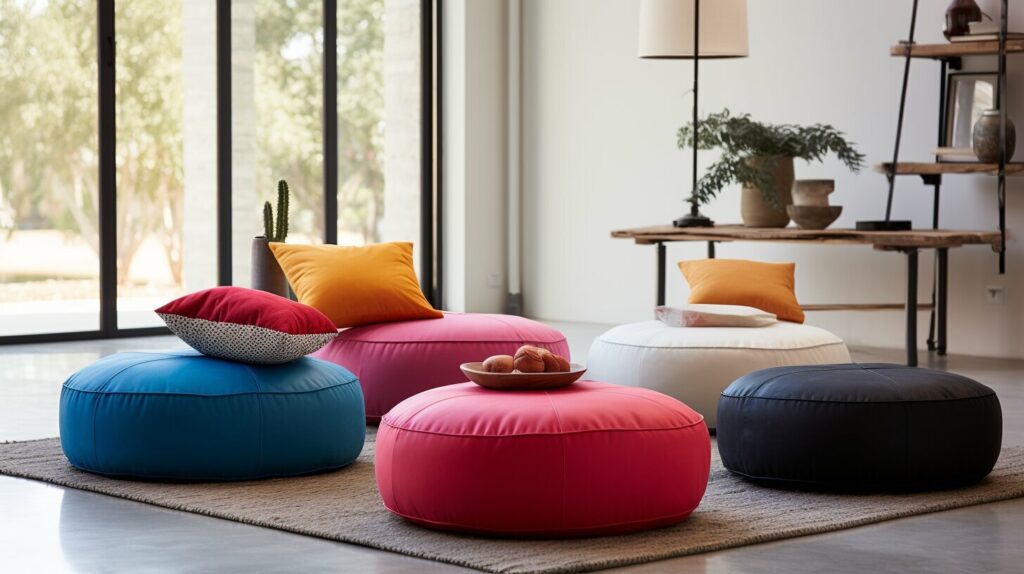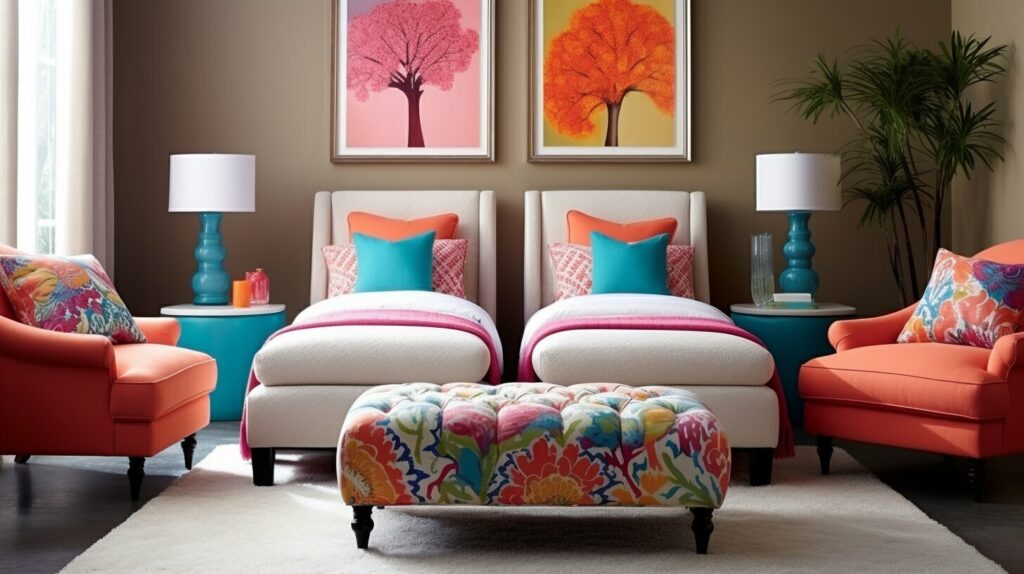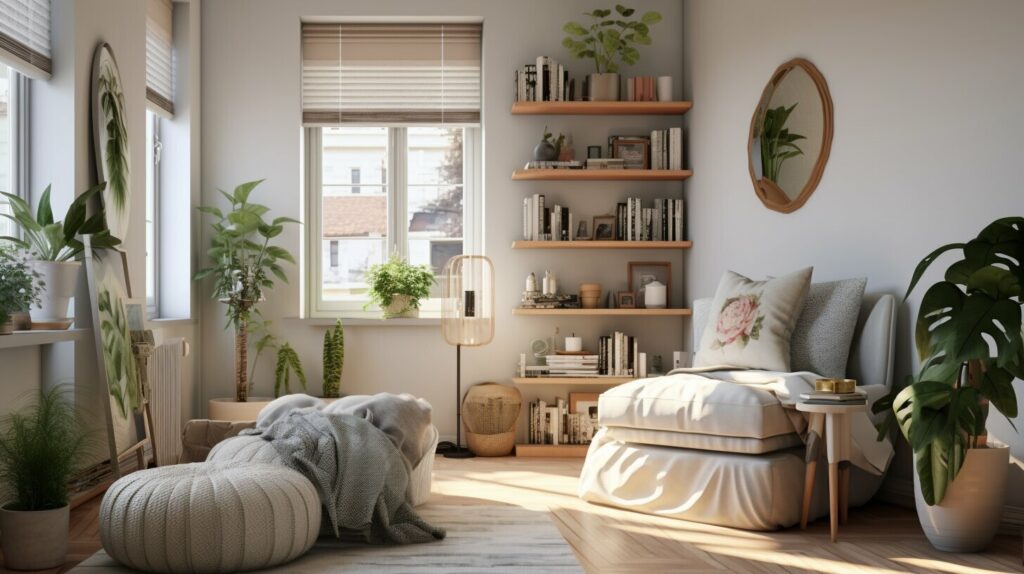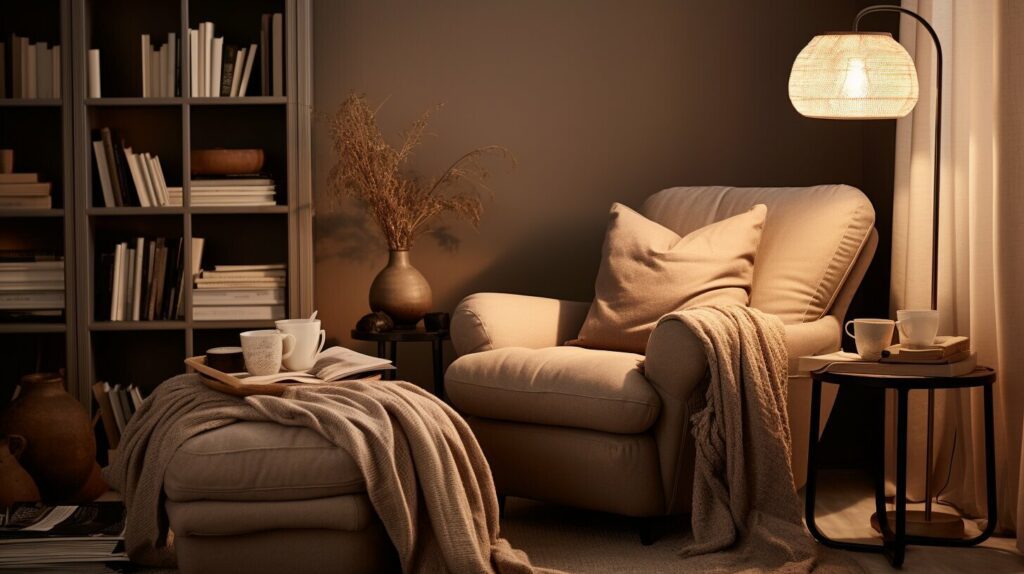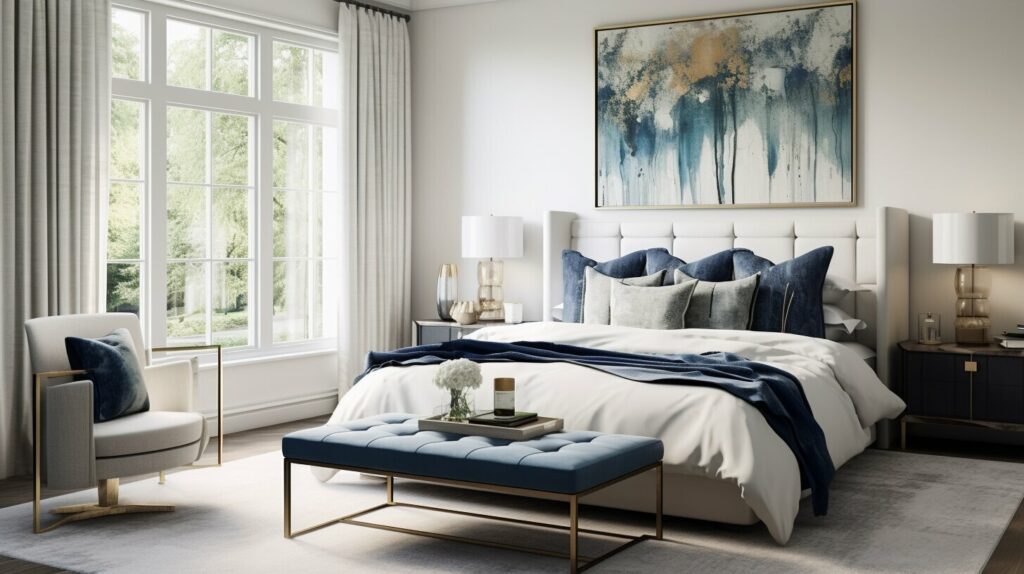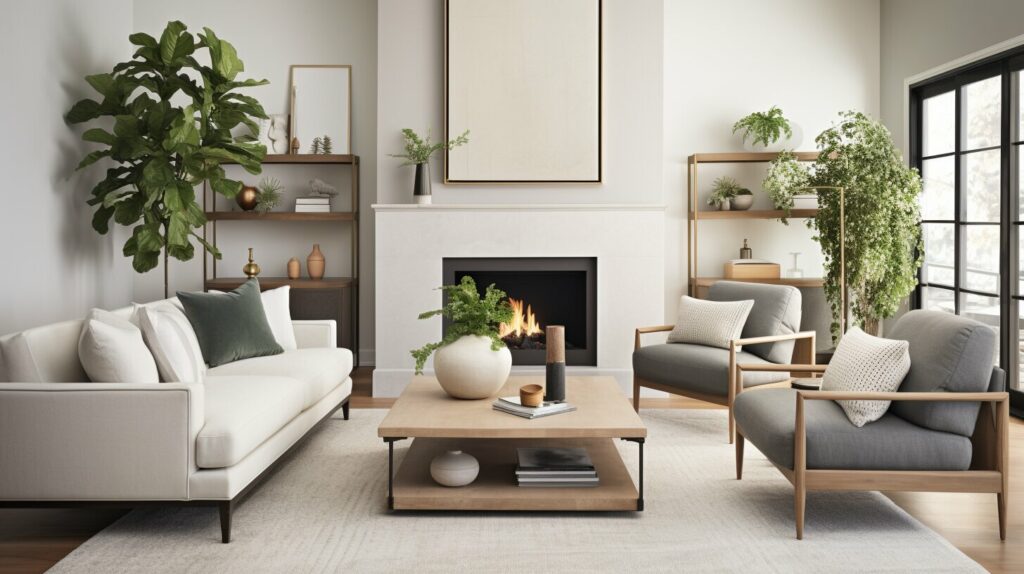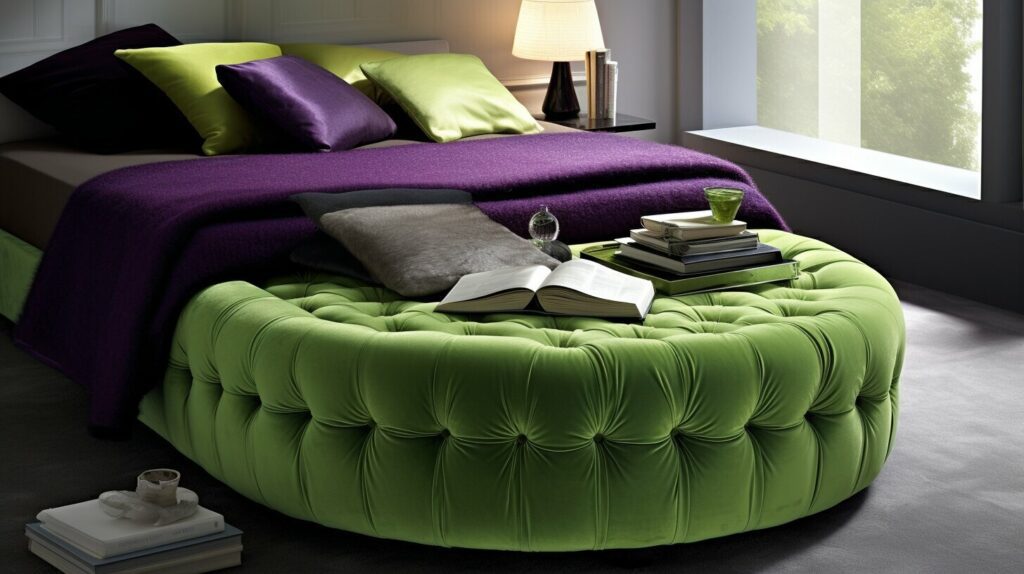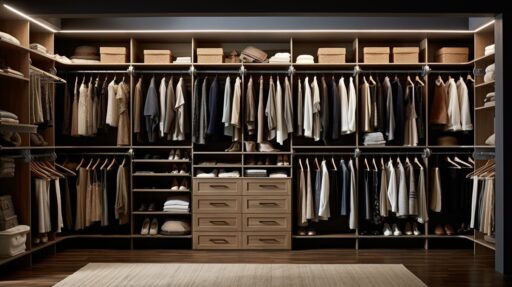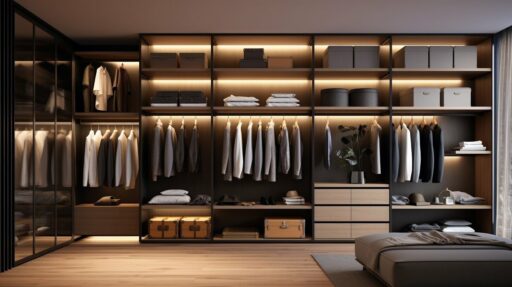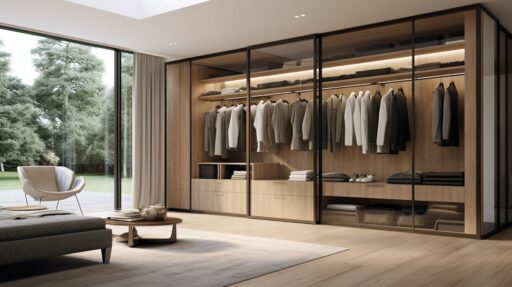Styling Tips for Bedroom Seating Areas
Styling tips for bedroom seating areas transform your space into a relaxing retreat. Whether you have a master suite or cozy nook, these ideas for bedroom seating areas blend form and function beautifully.
Key Takeaways
- Utilize underused spaces like corners or window areas for seating.
- Incorporate multifunctional furniture such as benches or daybeds.
- Enhance ambiance with layered lighting and soft textures.
Why Bedroom Seating Areas Matter
Adding a seating area to your bedroom isn’t just about aesthetics; it enhances functionality and promotes relaxation. According to the Sleep Foundation, creating a distinct space for activities like reading or meditation can improve sleep quality by keeping the bed reserved solely for rest. In today’s world where bedrooms often double as home offices, having a cozy corner can restore a sense of calm and personal space. Think of it as a mini sanctuary within your sanctuary.
Learn more in our guide on creating a sleep zone with bedroom layouts.
Utilize Open Spaces: Smart Styling Tips
Even in smaller bedrooms, there’s potential to incorporate seating. Look for underused corners, awkward nooks, or the foot of the bed—these spots often go unnoticed but hold great potential. Place a slender accent chair or small loveseat in a corner, paired with a compact side table and a soft throw. A window nook can be transformed with a simple bench, layered cushions, and a good book.
- Use window-side seating for natural light and morning rituals
- Corner chairs with poufs can maximize function in awkward layouts
- Layer with throws, cushions, and accent lighting for coziness
To define the space, add a small area rug or a different wall color. These subtle shifts make your bedroom feel multifunctional yet cohesive.
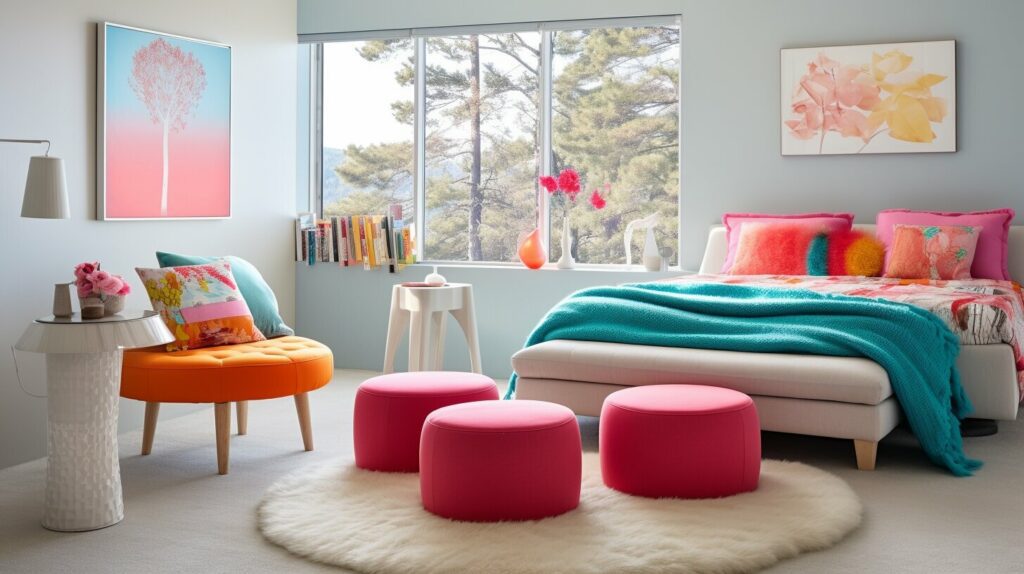
Curved Seating and Cozy Lighting: A Perfect Pair
Curved furniture like plush armchairs or rounded loveseats softens the room’s look and invites you to relax. A curved backrest feels like a gentle hug, adding elegance without overcrowding. Pair these pieces with soft tones—cream, blush, sage—for a calming palette.
Lighting is essential. Use a mix of ambient lighting (overhead), task lighting (reading lamps), and accent lighting (sconces or LED strips). Dimmable options help set the mood. According to Architectural Digest, a well-lit space balances clarity and comfort.

Add a Boho Twist with a Swing Chair
If you love an eclectic, earthy vibe, a swing chair makes a standout addition. Crafted from materials like rattan or macrame, these chairs evoke bohemian charm and can serve as a playful reading nook or serene meditation spot.
Style it with woven baskets, linen cushions, and a jute rug. Safety is key—anchor the swing to a ceiling joist or use a solid floor stand. For guidance, The Spruce recommends professional installation when unsure.
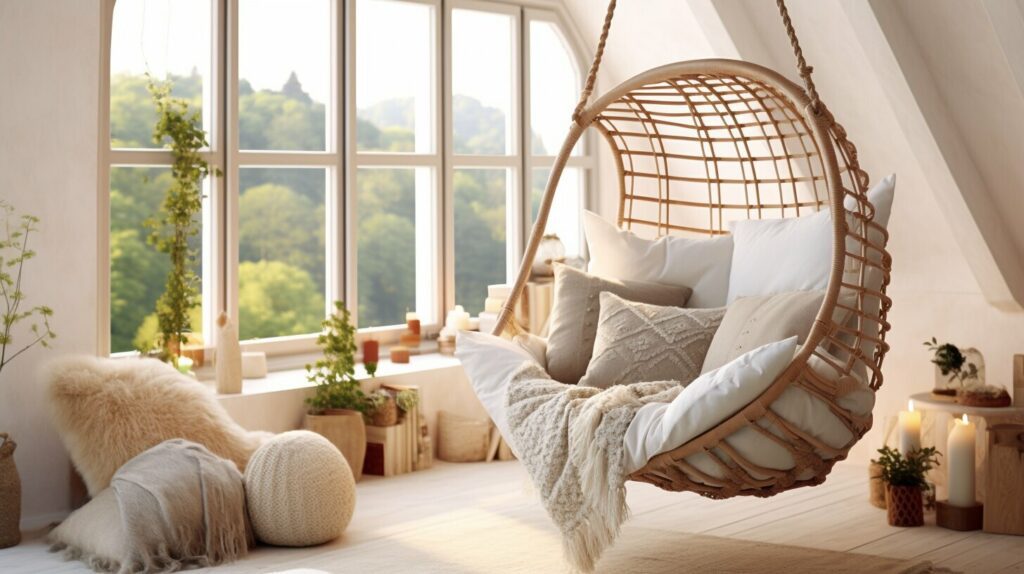
Benches, Daybeds & Chaises: Multipurpose Magic
When it comes to small spaces, multifunctional furniture reigns supreme. Benches with storage keep clutter at bay. Daybeds can moonlight as guest beds. A chaise lounge? Luxurious and perfect for stretching out with a book.
- Daybeds: Ideal for compact rooms, doubles as a sleep zone
- Storage Benches: Stylish and practical storage solution
- Chaise Lounges: Elegant, great for larger bedrooms
Use textured fabrics like velvet, linen, or wool for warmth and depth. To tie it all together, add pillows and throws in complementary colors and materials.
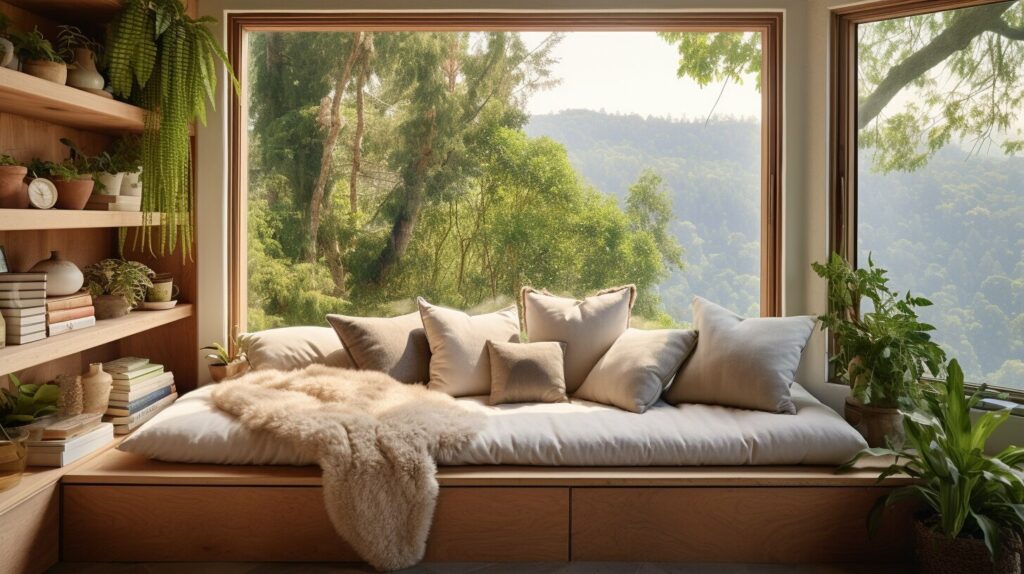
Designing a bedroom seating area is about personalizing your space to suit your lifestyle. Whether it’s a cozy nook or a statement piece, these styling tips for bedroom seating areas will help you craft a comfortable and stylish retreat. For more inspiration, visit Cozy Bed Quarters.
FAQ
- What are some space-saving seating options for small bedrooms?
- Consider using narrow benches, ottomans, or placing seating near windows to maximize space without overcrowding the room. Floating shelves with stool seating can also double as workspaces.
- How can lighting enhance a bedroom seating area?
- Layered lighting creates ambiance, highlights focal points, and adds functionality. Dimmable lights and warm-toned bulbs make the space feel inviting and restful.
- Is it safe to install a swing chair in a bedroom?
- Yes, as long as it’s properly secured to a ceiling joist or a sturdy stand, and the installation follows safety guidelines. Professional installation is recommended for ceiling-mounted options.
- Can seating areas improve sleep quality?
- Yes, having a separate space for relaxing activities like reading or meditating can help mentally separate bedtime routines, promoting better sleep hygiene and quality rest.
Discover more in our tips on small bedroom reading nook ideas, or explore multifunctional bedroom furniture solutions for dual-purpose design inspiration.

